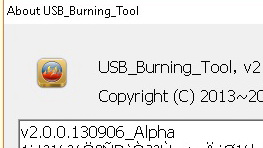

Unlike many standards which simply specify the electrical characteristics of a given interface, RS-232 specifies electrical, functional, and mechanical characteristics to meet the above three criteria.

The EIA/TIA-232-E standard was introduced in 1962 and has since been updated four times to meet the evolving needs of serial communication applications. The official name of the EIA/TIA-232-E standard is "Interface Between Data Terminal Equipment and Data Circuit-Termination Equipment Employing Serial Binary Data Interchange." Although the name may sound intimidating, the standard is simply concerned with serial data communication between a host system (Data Terminal Equipment, or DTE) and a peripheral system (Data Circuit-Terminating Equipment, or DCE). This standard, which was developed by the Electronic Industry Association and the Telecommunications Industry Association (EIA/TIA), is more popularly called simply RS-232, where RS stands for \"recommended standard.\" Although this RS prefix has been replaced in recent years with EIA/TIA to help identify the source of the standard, this paper uses the common RS-232 notation. Today, the most popular serial communications standard is certainly the EIA/TIA-232-E specification.

Due to its relative simplicity and low hardware overhead (when compared to parallel interfacing), serial communications is used extensively within the electronics industry.


 0 kommentar(er)
0 kommentar(er)
